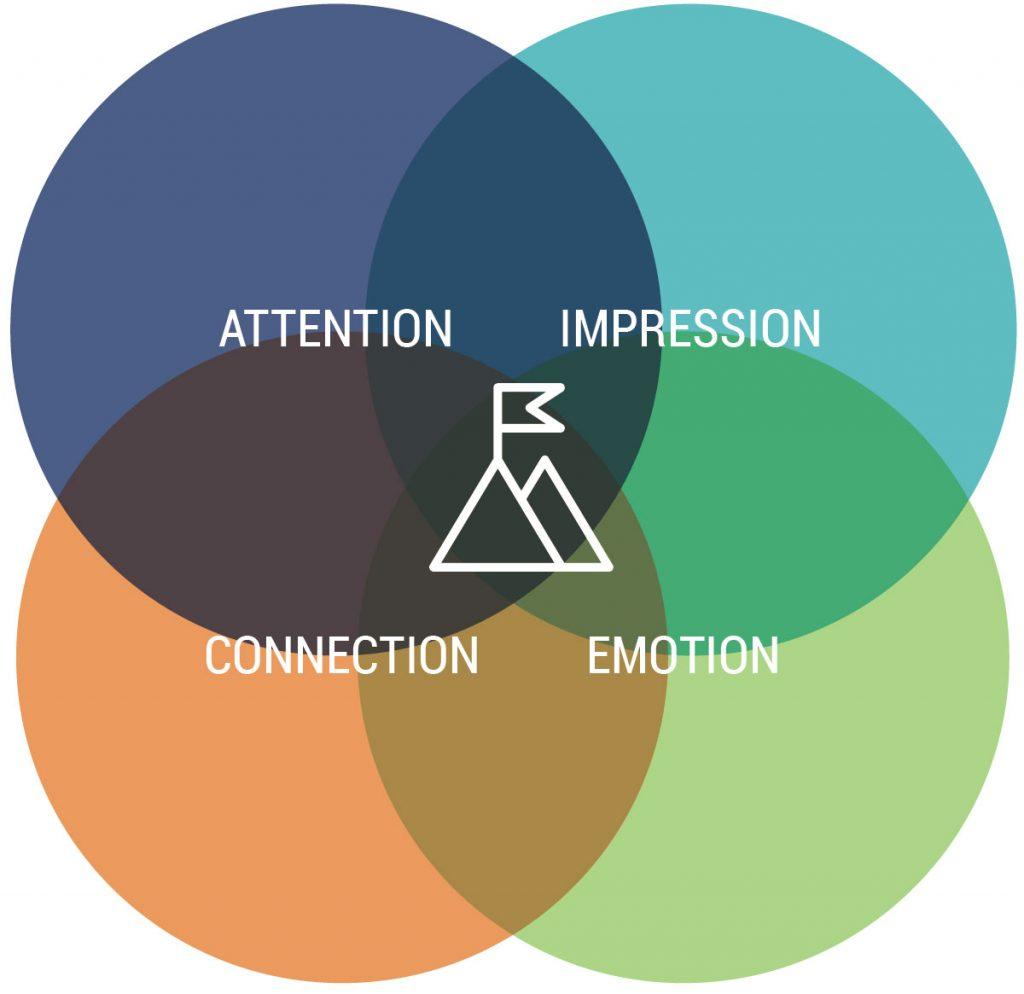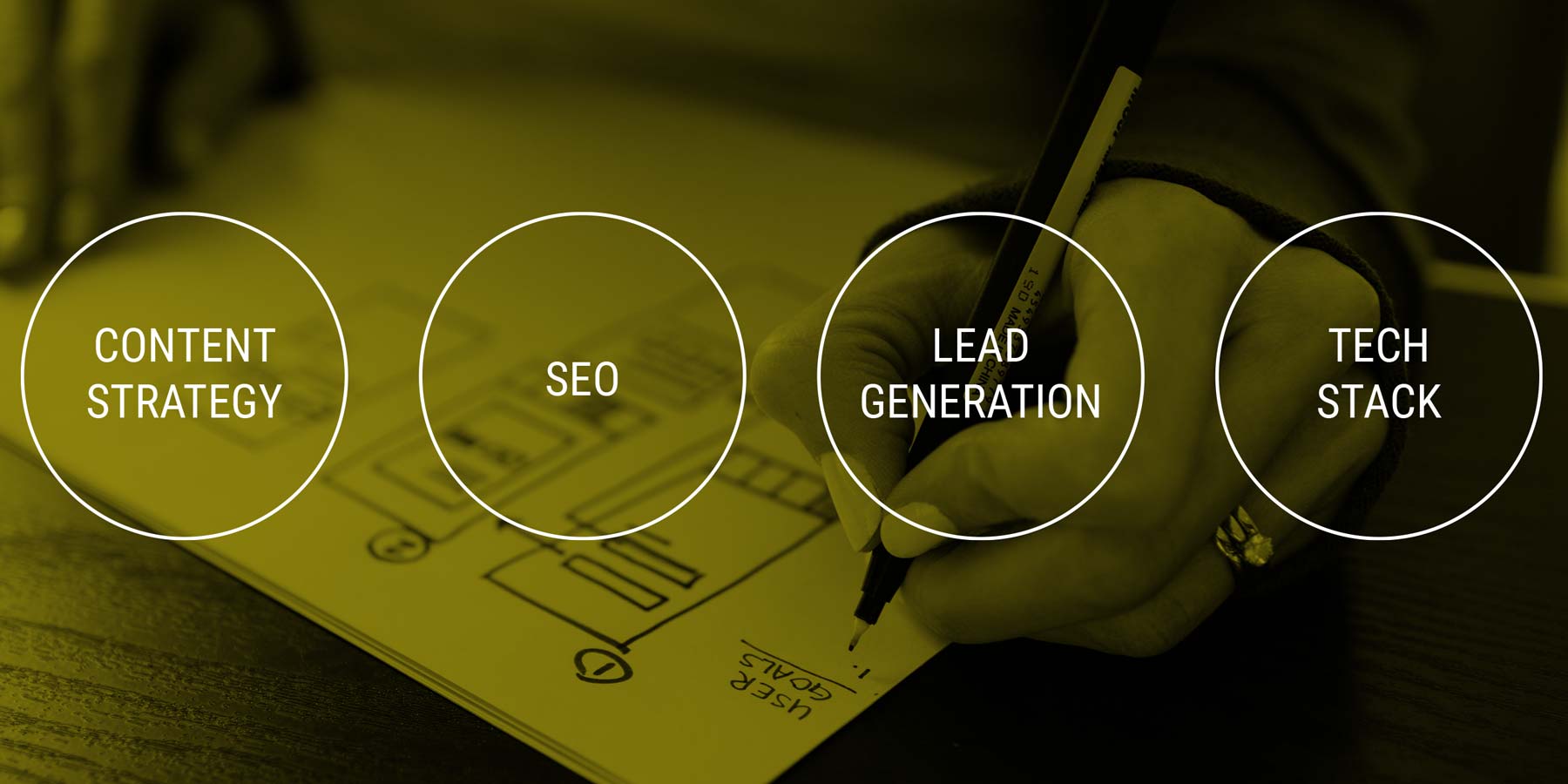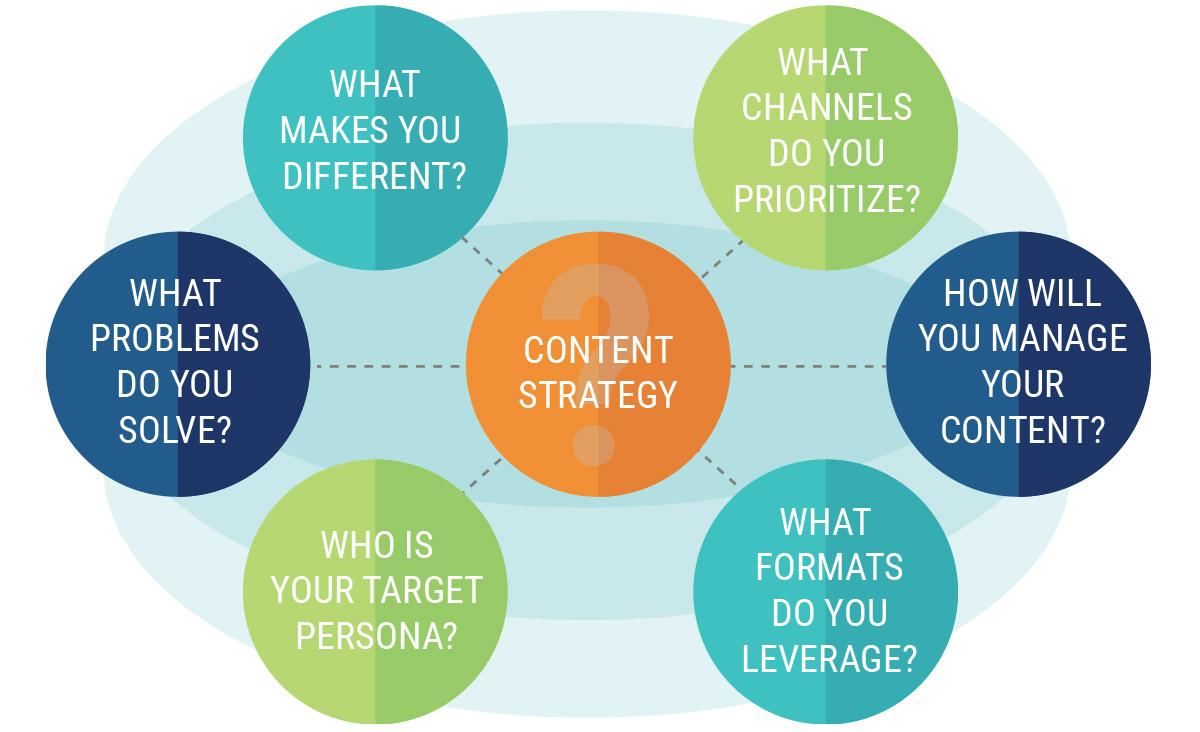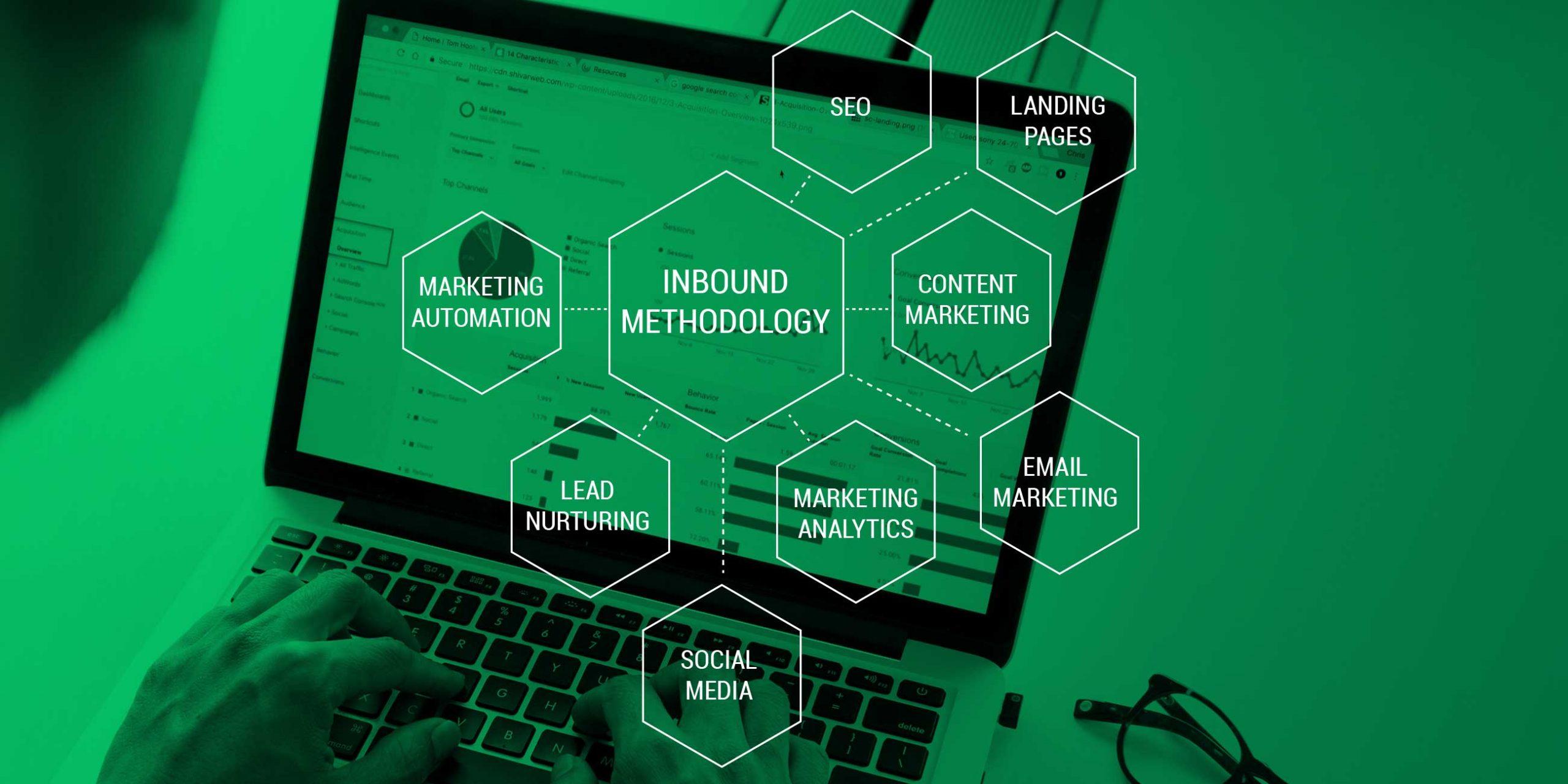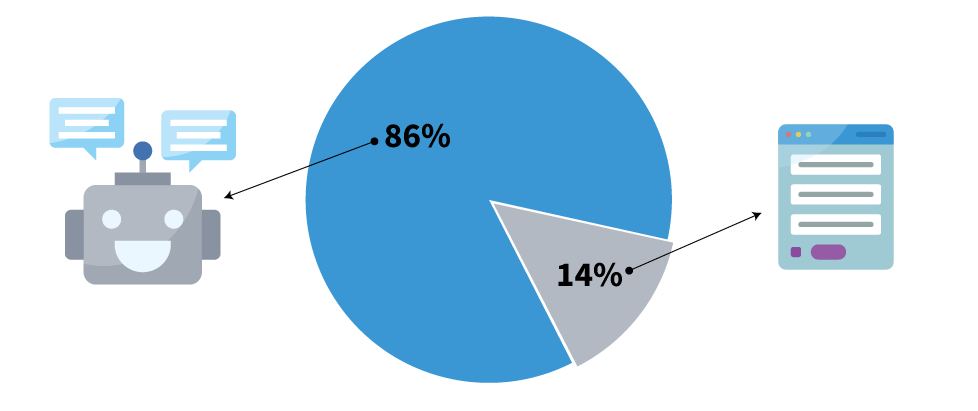With the impact of COVID-19, companies have shifted the ways that they address networking and exposure opportunities. Tradeshows and conferences have traditionally served as huge marketing platforms. However, the pandemic has forced every stakeholder in these events to make dramatic adjustments. Here, we cover four best practices for improving your virtual booth experience and improving your marketing budget ROI.
Last year, the tradeshow business was booming, with B2B tradeshows estimated to be a $15.7 billion market in the U.S. alone.
Today, the pandemic has forced the tradeshow market to completely redefine its approach. A business sector built upon the energy of thousands of people personally interacting inside convention halls now has to summon this excitement from a screen.
A cornerstone of the brave new tradeshow world is virtual exhibits. This trend was born of the mother of Covid-necessity and lacks any instruction manual. Companies, sponsors, and event marketers have scrambled to bottle the buzz of their in-person exhibits within a physically distanced package that can be experienced remote at one’s desk, sofa, RV, or beach chair.
It’s not an easy feat.
What should a virtual booth look like, anyway? If you talk to some exhibitors, the answer is: “make it look like our booth.” They expect to force a screen experience to mimic a real-life, physical experience as closely as possible.
The only issue with this is: people experience and absorb information differently on screens than from a physical booth.
Solutions for virtual booths range from 3D renderings of actual exhibits rendered as interactive graphics, to more conventional websites or micro-sites designed specifically for the event. Marketers must weigh usability and engagement against their expectations of a desired virtual exhibit experience. It’s easy to gauge success if you know what to measure and plan for it.
Along with the drawbacks, there are benefits to virtual tradeshows. The key is to develop a virtual exhibit strategy with a clear-eyed approach that capitalizes on those benefits and realizes the new opportunities.
A virtual experience is never going to be the same as one that happens in-person. While that might be a disappointment for traditional networking and sales, it’s not necessarily a bad thing for business. Along with the drawbacks, there are benefits to virtual tradeshows. The key is to develop a virtual exhibit strategy with a clear-eyed approach that capitalizes on those benefits and realizes the new opportunities.
Four opportunities for improving your virtual booth experience:
Opportunity #1: Your booth is now a website (and you need web design professionals.)
Let’s have a reality check here. Your “booth” is now online. If it’s online, it’s a website of some form. As such, your virtual exhibit needs to start with the same strategic approach to web design that we use for other websites.
According to a survey, only 9% of respondents report that having virtual booths as a part of an event actually keeps them engaged. Before you sink heavy resources and time into your virtual booth, you need to get crystal clear on how to create an attractive, interactive experience for your attendees.
Engaging the right specialists at the right time is crucial for optimal success.
When you approach your virtual exhibit experience, consider your desired outcome before you prescribe the form it takes. Are you pursuing user engagement? Lead generation? Let your design team, trained in UX, design an experience that will achieve your stated business goals.
Most people wouldn’t consult experts like doctors, lawyers, real estate agents, architects, or auto mechanics and instruct them on how they should fix their problems. Usually, you allow the specialists to diagnose the issue, establish the desired outcome, and then prescribe the solution based on the best course of action.
The same should apply to your virtual exhibit. The “doctor” is your web design team. This is what they do every day: create digital experiences that help clients achieve their business goals.
What are your goals, anyway? With the potential to measure everything and fully integrate marketing and sales, think beyond “cool booth design” and understand what your visitors and your company actually value. You have unique opportunities to create high engagement at all points of the buyer’s journey online, opportunities which are different than those presented in person.
Your web design team is trained to develop smart user experiences that achieve desired outcomes. They will guide you to embrace both the benefits and constrictions of best practices in current web design rather than try to emulate other channels.
Include your web design team first and empower them to solve your problems. This will ensure far better outcomes than when you dictate a perceived—and potentially technically flawed—solution.
Opportunity #2: Bridge the gap between sales and marketing to capture leads and leverage analytics
Just like real events, virtual events are great opportunities to gather both marketing-qualified and sales-qualified leads (MQLs and SQLs). The good news is that a virtual experience makes it simple to use automation and integrate with your CRM.
The opportunities and constraints of a virtual exhibit make it more important to think about your tradeshow event as a three-part affair: before, during, and after the actual event itself. Without the easy distractions and natural energy of an in-person event to generate attendance and engagement, virtual exhibit organizers must work harder to create a rich experience for audiences.
Attracting and retaining audiences is the essence of lead generation. If you hope to develop a meaningful connection with event participants, you need to capture and measure attendee data throughout the lifecycle of the event. Without this, you won’t understand who your audience is and what they need to feel engaged with your organization during and after the event.
Your web and marketing teams should integrate lead capture and analytics into every aspect of your virtual exhibit. With the right tools, you can generate audience insights that help you guide visitors along the customer journey. Understanding what your audience cares about, and what they’re responding to, will help you develop and adjust the virtual experience so that there is no wasted effort.
Opportunity #3: Get creative!
If you take advantage of opportunity #2, that means that you’re maximizing lead capture and analytics. With that in place, the next area of focus is to spike engagement.
In a report on virtual exhibits, more than 67% of respondents said that in order for them to want to stay, listen, and engage, they want opportunities for live participation; things like Q&As, chat, polling, and quizzes. Forty-eight of respondents want to hear speakers cover topics that aren’t openly discussed, and 40% expressed interest in supplementary content that is available for download in-session. According to the same report, nearly three in four organizations whose attendance rates are greater than 75% utilize a mix of both Q&A and live polls and quizzes to drive audience engagement in-event.
Without the attraction of live human interaction, what can your booth offer to keep people engaged? Consider ideas such as using gamification, premium content, “virtual swag,” and other promotions and CTAs (calls-to-action) that will hold your audience’s attention. Make sure that your exhibit is optimized for mobile use so that attendees have flexibility in where and how they participate.
One of the key benefits of attending tradeshows is the opportunity for valuable networking. As you design your exhibit, consider ways that you can not only interact with your audience but how you might foster their interaction with one another.
Opportunity #4: Uncover added value and leverage your event website beyond the event itself
A majority of B2B professionals have increased the number of virtual events that their organization either hosts or is a part of. The most widely attended type of virtual events are large-scale, multi-vendor virtual tradeshows and user conferences.
But these types of conferences are also the most expensive and difficult to organize, so you should be thinking beyond the uses of your virtual exhibit for one big-ticket event. Recycle your virtual booth for additional virtual events of all shapes and sizes, and leverage this valuable new asset for other marketing purposes, such as PPC and social campaigns.
The beauty of creating a comprehensive, multimedia experience for your virtual exhibit is that different components can be scaled up or down to suit other marketing opportunities. Leveraging the data that you have captured and analyzed, you have everything you need to target other audiences in customized ways, or to continue the conversation that you have initiated with the audience from this one event.
There is a new paradigm for tradeshows and conferences
It’s not just COVID-19 that is ushering in change for the trade show world. Advances in technology are introducing new opportunities that demand to be acknowledged.
Many, if not most, industries have been interrupted and forever transformed by technology. The companies that succeed—in sectors like music, travel, real estate, and retail, for example—are the innovators that adapt to disruption rather than the dinosaurs that ignore evolution.
So, too, players in the tradeshow world must recognize that their world has changed. For them, hybrid events – part live, part virtual – are probably here to stay.
Companies and attendees will appreciate the significant cost and time savings of a virtual experience. And best practices will emerge about how to turn virtual exhibits into lead generating machines with long shelf lives.
Take advantage of these four virtual booth best practices and keep these tips in mind as you build out your virtual exhibit:
- Identify and include your web design agency or team early in the planning process
- Leverage the benefits of microsites
- Don’t leave leads on the table – integrate and automate
- Include high engagement content like gamification and incentives
- Establish goals and measure everything
- Recycle, repurpose, and update



